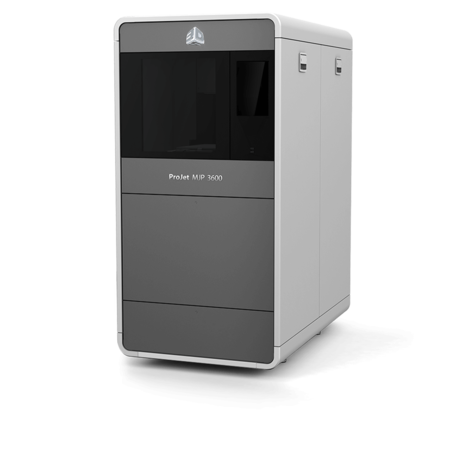The ProJet MJP 3D printer has saved us both time and money, and allowed us to provide truly realistic models to our clients.” – David Myles, Myles Burke, Ontario, Canada
Myles Burke Architectural Models, based in Vaughan, Ontario, Canada, is a producer of premium quality architectural models. For the past 6 years with an unwavering commitment to quality they have and continue to provide their clients with models that set their presentations apart.
Tremendous effort is put into the detailing and styling of their models, capturing both the physical and non-physical attributes of the designer’s vision. The firm believes that the most effective models are not only accurate, but they are expressive and compelling, provoking the observer to contemplate the design further.
The company’s construction methods embrace the traditional model building approach of hand crafted parts and assembly, while utilizing available technologies to maximize efficiency.
They use the 3D Systems ProJet MJP 3600 (previously the ProJet HD 3000) to print exceedingly complex model components such as furniture, building details and custom human characters that populate their architectural models.
“The ProJet MJP 3600 was selected for its exceptionally high accuracy, precision and ability to build smooth surfaced, highly detailed models. There are companies that supply scale human models to the architectural modeling industry, but we wanted custom models for our clients.
We needed a machine that could make plastic models, and Multi-Jet Printing (MJP) filled that need.
Other equipment we evaluated didn’t come close”, explains Michael Burke.
The plastic human models are varied in appearance and size and they are posed in different positions to reflect real life activities. Depending on the scale used, the models range from 1.3 cm to 2 cm tall, yet are highly detailed, thanks to the accuracy and resolution provided by the ProJet MJP. Fine details such as faces and fingers can easily be seen and the artists skillfully apply paint to the models and then they are integrated into the architectural displays. The result is a highly realistic rendition of the designer’s vision; buildings and open spaces populated by people.
